Choose from our collection of Convector Radiators
Stelrad convector radiators combine efficiency and style, offering optimal heat distribution and a sleek aesthetic. Our convector heaters come in various sizes and designs, catering to diverse heating needs. It doesn’t matter if you prefer the compact functionality of classic compact radiators or our standard radiators for larger spaces, we have everything you need right here. The convector radiator range ensures consistent and efficient heating, providing a comfortable environment in every room. With a perfect balance of form and function, Stelrad’s convector radiators are designed to seamlessly blend into any interior, adding a touch of sophistication to your living space while keeping you warm and cosy.
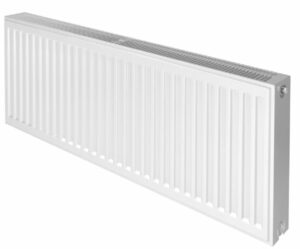
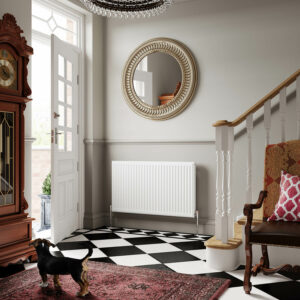
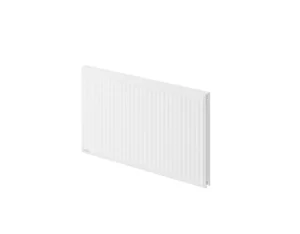
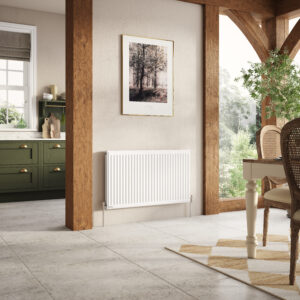
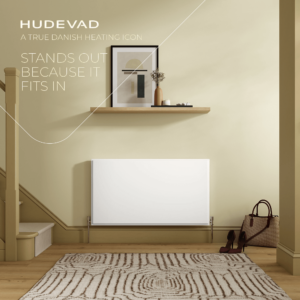
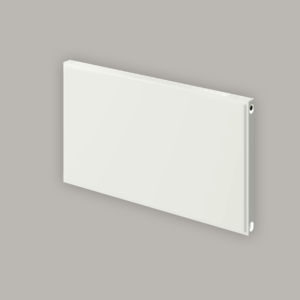
The Hudevad P5 is a true Danish heating icon which stands out because it fits in. Available in K1, K2 and K3...
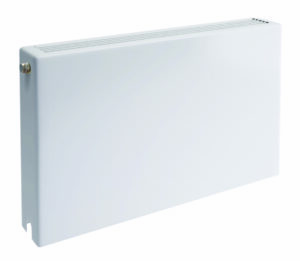
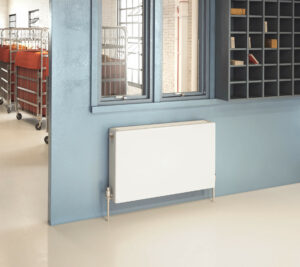
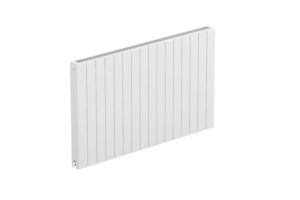
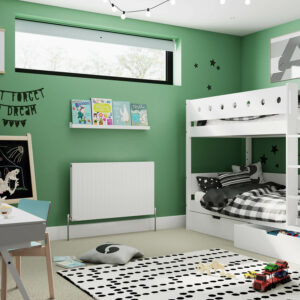
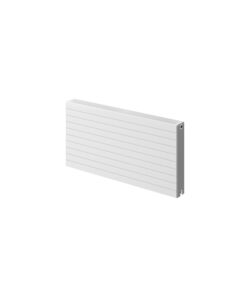
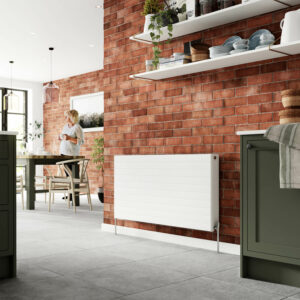
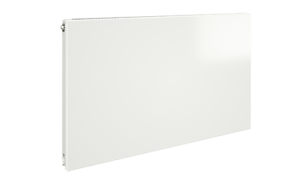
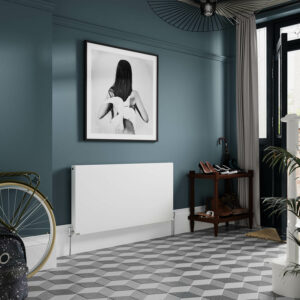
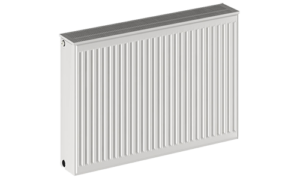

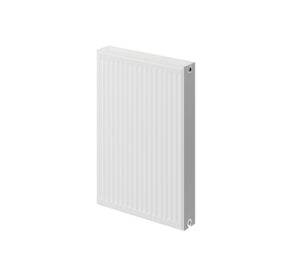
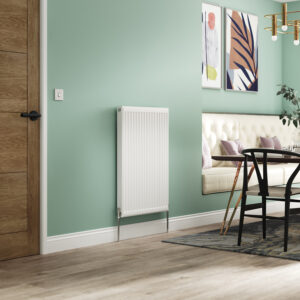
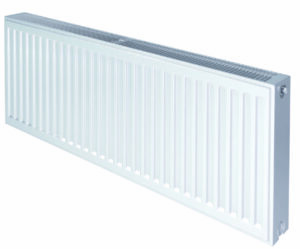
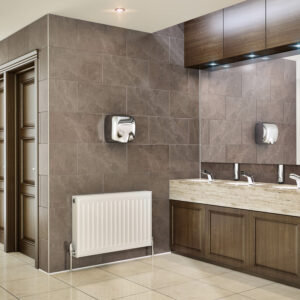
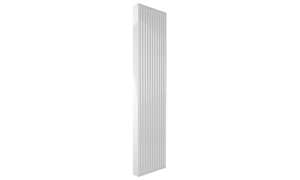

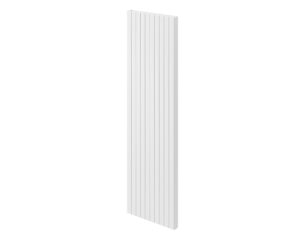

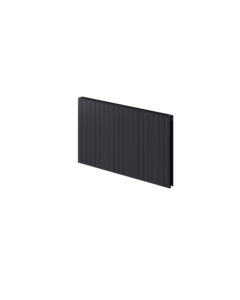
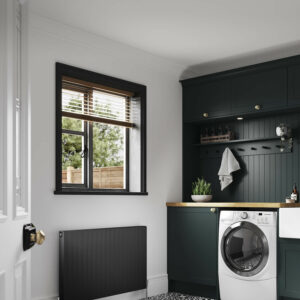
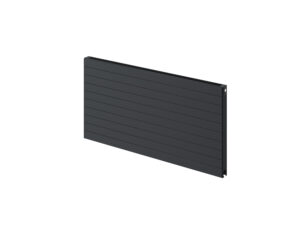
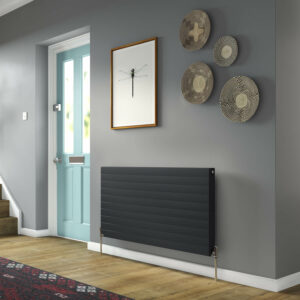
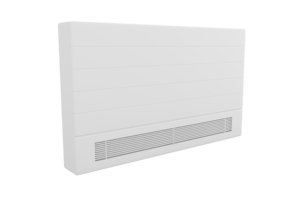
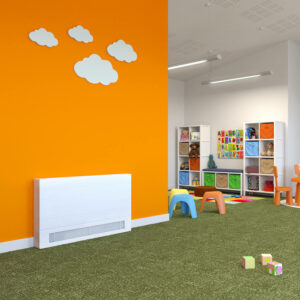
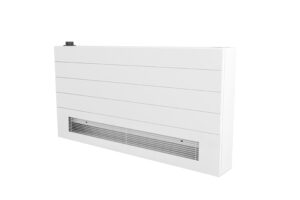
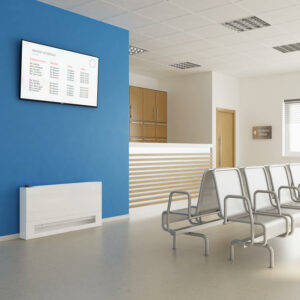



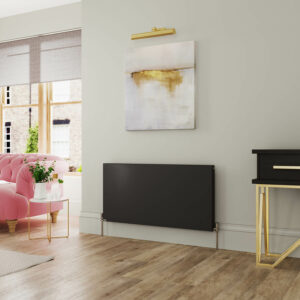
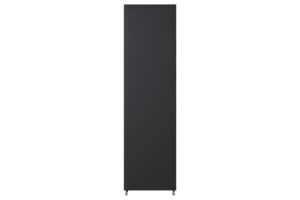
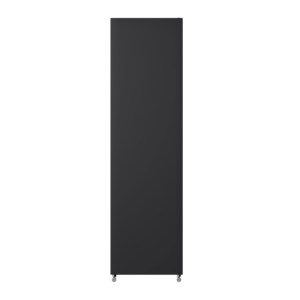
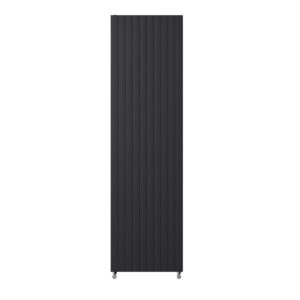
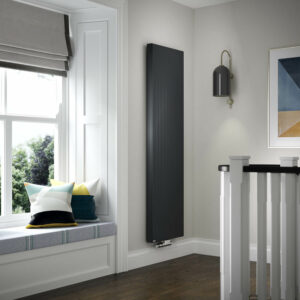
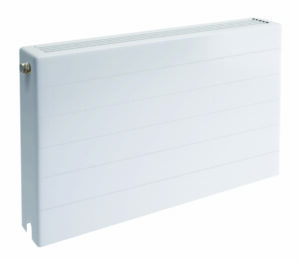
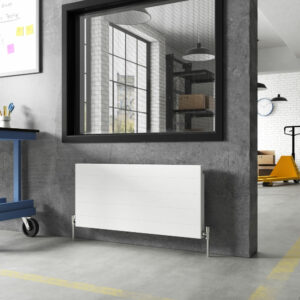
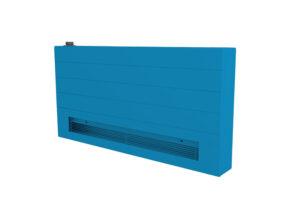
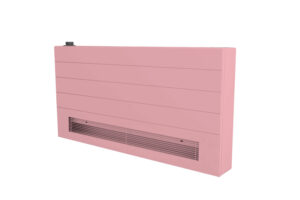
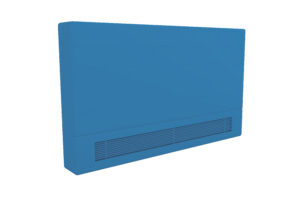
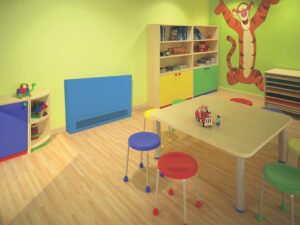

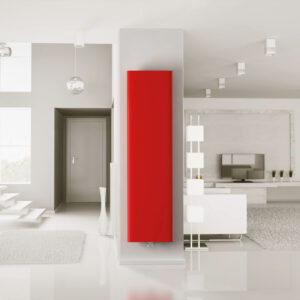
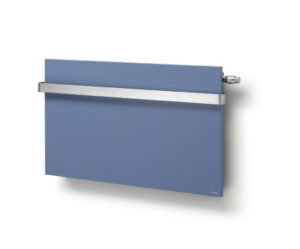
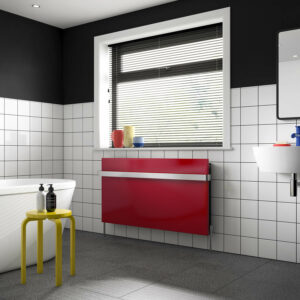
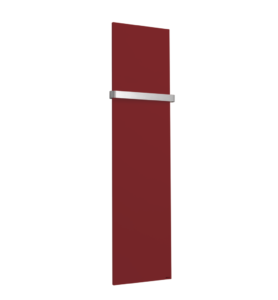

CONVECTOR RADIATORS UK FAQS
Which is Best – a Convector Heater or Oil Filled Heater?
If you are looking for efficient heating, a convection radiator may be the better choice. This type of radiator heats up rapidly and switches itself off once it reaches the desired temperature. In contrast, an oil-filled heater requires more energy to heat the oil and takes longer to reach the desired temperature. While the oil retains heat after switching off the heater, the fast heating and effective convection power of a convection radiator make it a more cost-effective option for heating your home.
How Do I Bleed a Convector Radiator?
To maintain efficient heating in your convection radiator, it’s important to bleed it at least once a year or whenever you notice an imbalance in heat distribution. A lack of heat in the top of the radiator while the bottom heats up is a tell-tale sign that air is trapped inside and impeding the hot water flow.
To bleed the radiator, start by turning off your central heating and allowing the radiator to cool down. Once it’s cool enough to touch, use a radiator key to open the bleed valve located at the top of the radiator. Keep an old rag handy to catch any escaping water.
Slowly turn the key anti-clockwise to open the valve. You will hear a hissing sound as the air escapes, and some water may also come out. When only water flows out, quickly close the valve to avoid losing too much water.
Now, you can turn your central heating back on and wait for the circulation to complete. Your convector radiator should now be heating up evenly and efficiently.




